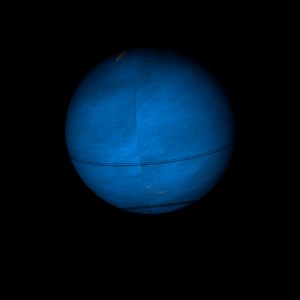|
|
Space Astro
|
Info for exoplanet "Cyang-henwye"
| Scientific (actual) data |
|---|
| Name | TOI-5153 b |
| Planet status | Confirmed |
| Planet mass | 3.26 |
| Radius | 1.06 |
| Orbital period | 20.33 |
| Semi major axis | 0.158 |
| Orbit eccentricity | 0.09 |
| Discovered | 2022 |
| Updated | 2022-07-11 |
| Omega | 144 |
| Tzero tr | 2458490 |
| Impact parameter | 0.725 |
| K | 212 |
| Temperature (kelvin) | 906 |
| Publication | Published in a refereed paper |
| Detection type | Primary Transit |
| Mass measurement type | Radial Velocity |
| Radius measurement type | Primary Transit |
| Star name | TOI-5153 |
| Right ascension | 91.54° |
| Declination | -19.95° |
| Mag v | 12 |
| Star distance | 390.1 |
| Star metallicity | 0.12 |
| Star mass | 1.24 |
| Star radius | 1.4 |
| Star sp type | F8V |
| Star age | 5.4 |
| Star temperature | 6300 |
| Wikipedia article | TOI-5153 b |
Back
| |
| Fictional info (?) |
|---|
| Suggested name | Cyang-henwye |
| Planet type | Terrestrial |
| problematic journey. |
| Atmosphere | Carbon monoxide | 51% |
| Hydrogen chloride | 39% |
| Water vapor | 7.5% |
| Nitric oxide | 1.8% |
| 2H2O | 0.28% |
| Ammonia | 0.00035% |
| Atmospheric pressure | 5 bar |
 |
| No known satellites |
| Google search for Cyang-henwye |
|
Website by Joachim Michaelis
|
|
|
|